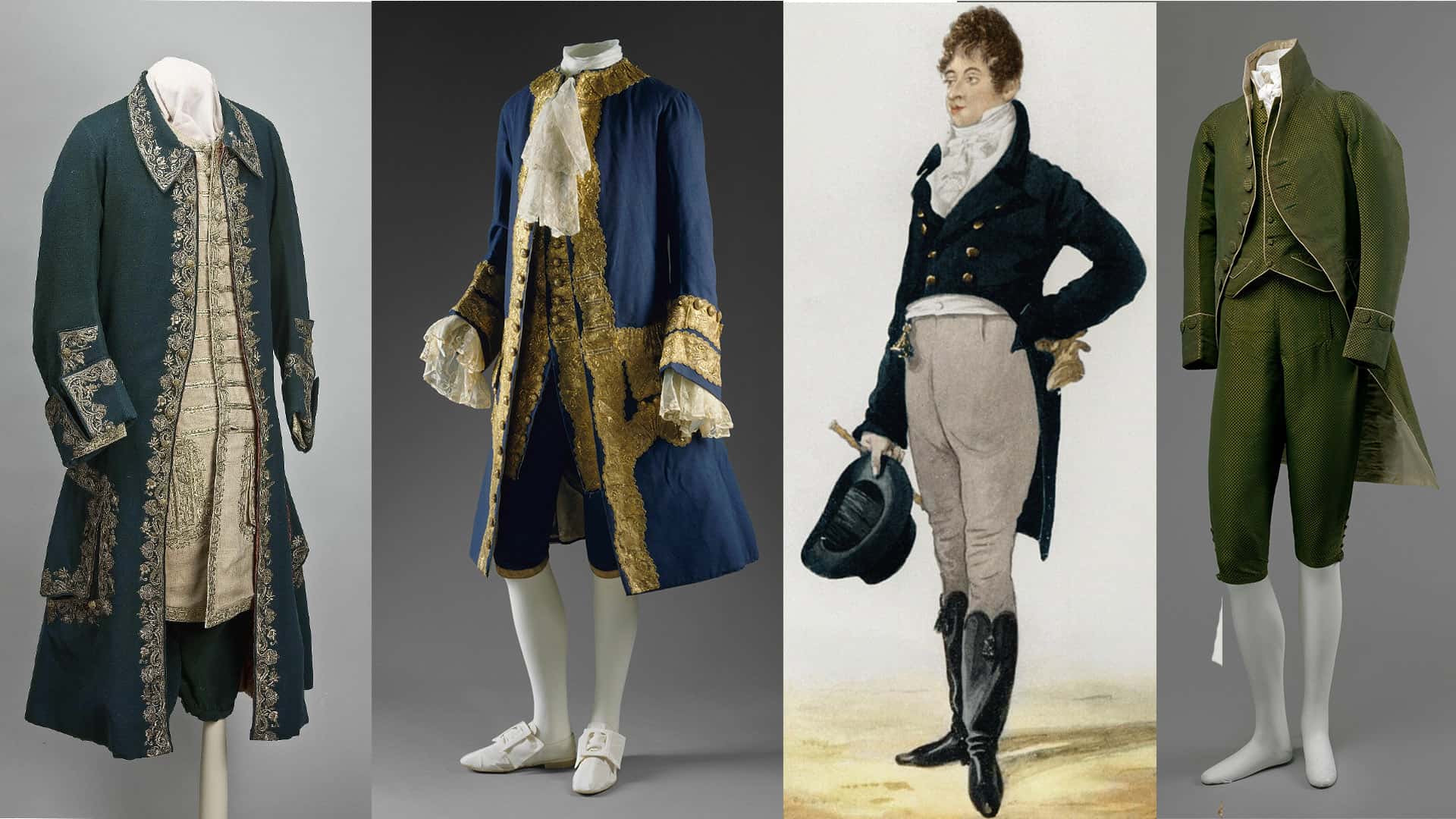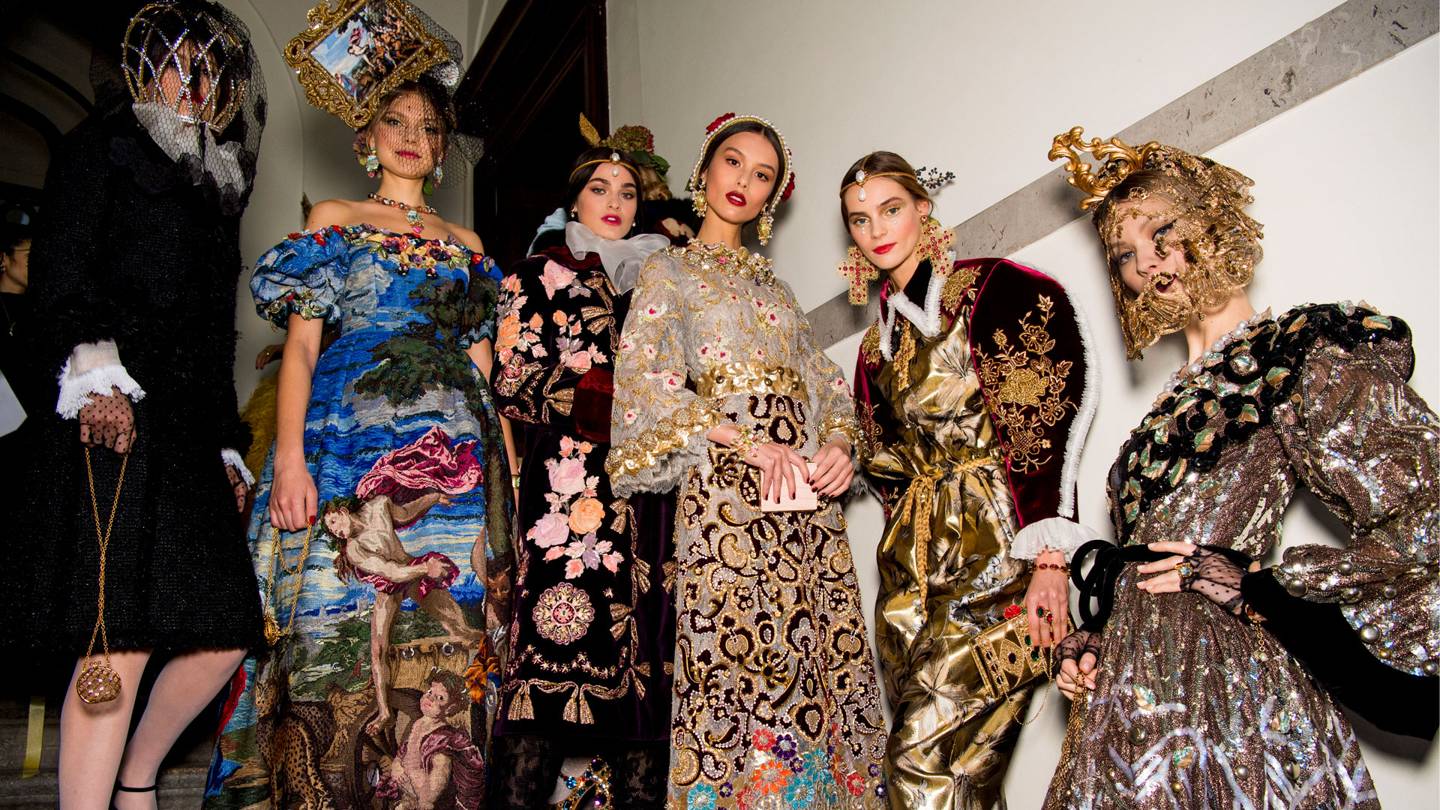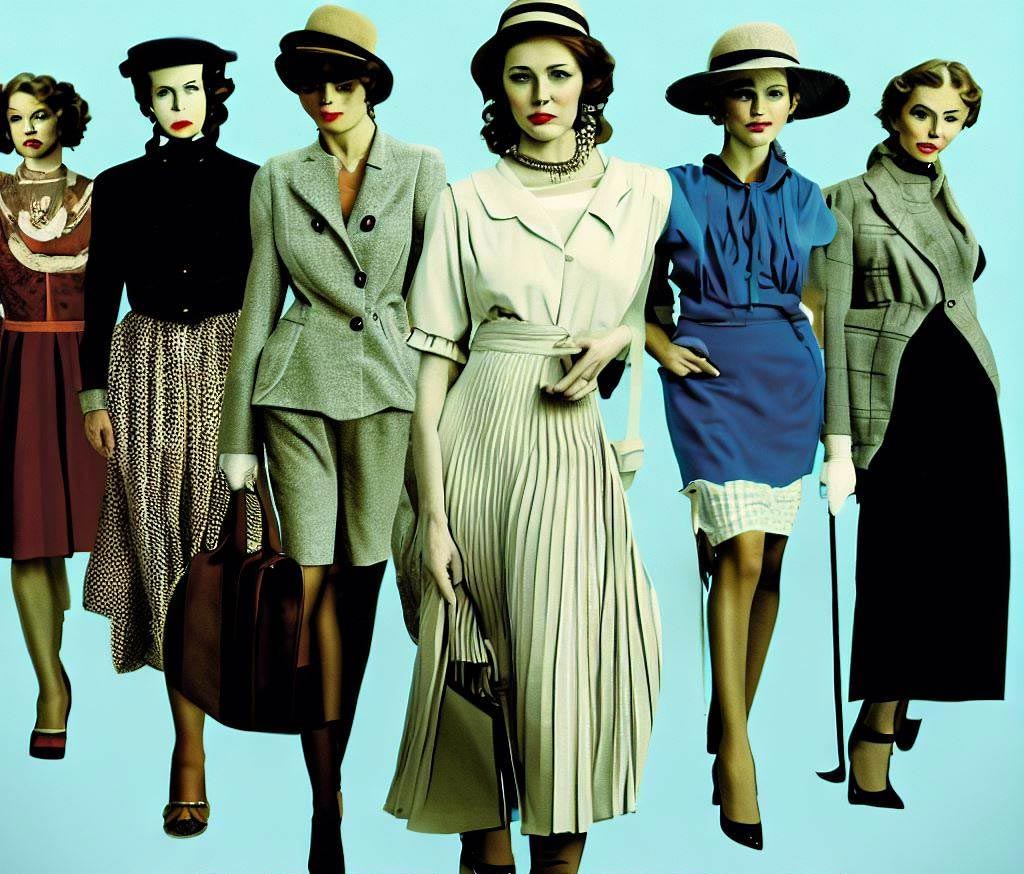In the grand tapestry of history, the 19th century stands as a period of profound transformation. The Victorian era, spanning from 1837 to 1901, witnessed a cascade of societal shifts and cultural changes that were beautifully encapsulated in the realm of fashion. From the dramatic Victorian era’s diverse fashion phases to the enchanting world of bustles, crinolines, and changing silhouettes, this was an era where clothing wasn’t just attire—it was a canvas for artistic expression, societal norms, and personal identity.
A Century Unveiled
As we step into the world of 19th-century fashion, we embark on a journey through a century of change, innovation, and opulence. The era was characterized by a series of fashion phases, each reflecting the nuanced evolution of society and aesthetics.
The Victorian era’s diverse fashion phases unfolded like a captivating play, with each act bringing forth a new style, a new silhouette, and a new cultural narrative. From the romanticism of the early Victorian period to the intricacies of the mid-century, and finally to the aestheticism of the late Victorian era, the fashion landscape transformed with the rhythm of time.
The Regal Touch: Early Victorian Fashion
The early Victorian period, marked by the reign of Queen Victoria from 1837 to 1860, was an ode to romanticism and modesty. The fashion of this era was characterized by high-necked gowns, voluminous skirts, and an emphasis on softness and delicacy. Fabrics such as silk, satin, and tulle adorned with lace and ruffles created an ethereal and regal aura.
The silhouette of the time showcased a narrowing of the waist and a voluminous bell-shaped skirt, achieved through layers of petticoats. The term “crinoline” gained prominence during this era, referring to the cage-like structure worn underneath skirts to achieve the desired volume. The result was a silhouette that celebrated femininity and grace, while also adhering to the societal ideals of modesty.
The Elegance of Transition: Mid-Century Fashion
As the 19th century progressed, so did fashion sensibilities. The mid-century period, spanning from the 1860s to the 1880s, was an era of transition and innovation. The hourglass figure, emphasized through tightly laced corsets, took center stage. However, it was the evolution of the bustle that truly captured the imagination.
Bustles, those whimsical and often elaborate structures worn at the back of dresses, defined the silhouette of the mid-century. They created a distinct S-shaped curve, with the bodice thrusting forward and the hips and derrière accentuated by the bustle. This change in silhouette was a reflection of changing societal attitudes towards the female form. The bustle, along with the continued use of crinolines, highlighted the evolving perspectives on femininity, sensuality, and the ideal body shape.
Aesthetic Flourish: Late Victorian Fashion
The late Victorian period, from the 1880s to the early 1900s, marked the culmination of the 19th century’s fashion evolution. This era was characterized by an emphasis on changing silhouettes and a departure from the excessive ornamentation of previous decades. The Aesthetic Movement, which celebrated beauty for beauty’s sake, had a significant influence on fashion.
Gowns of this period featured simpler lines and a departure from the rigid corsetry that had defined earlier decades. The focus shifted to the natural form of the body, with the hourglass silhouette giving way to a more flowing and relaxed aesthetic. The intricate embellishments of lace, ribbons, and embroidery were replaced by a softer, more ethereal elegance. The aesthetics of the time were inspired by nature, and garments often featured motifs such as flowers, butterflies, and intricate foliage.
A Tapestry of Identity
The fashion of the Victorian era was more than just garments; it was a tapestry of identity, societal norms, and personal aspirations. The clothing choices of individuals spoke volumes about their place in society, their values, and their roles.
For the upper classes, clothing was a proclamation of wealth and status. Luxurious fabrics, intricate embroidery, and elaborate designs showcased the opulence of the wearer. The middle class embraced the fashions of the time, adapting them to suit their own economic realities. And for the working class, practicality and durability were paramount, as garments needed to withstand the demands of labor.
A Legacy in Modernity
The allure of the Victorian era continues to captivate modern sensibilities, influencing fashion designers, period dramas, and even everyday attire. The echoes of the Victorian era’s diverse fashion phases can be seen in contemporary interpretations that draw inspiration from the opulence, elegance, and unique silhouettes of the past.
Runways showcase garments that celebrate the intricate embellishments of the mid-century, the elegance of the early Victorian period, and the natural aesthetics of the late Victorian era. The Victorian influence is not confined to historical reenactments; it’s woven into the fabric of modern fashion.
Conclusion: Threads of Timelessness
As we reflect on the splendor of 19th-century fashion, we find ourselves not merely observing clothing but uncovering the stories of an era. The Victorian era’s diverse fashion phases were a reflection of societal dynamics, cultural shifts, and artistic evolution.
From the sweeping crinolines of the early period to the elegant bustles of the mid-century and the natural aesthetics of the late Victorian era, each silhouette represented a chapter in the narrative of women’s roles, perceptions of beauty, and societal norms.
The legacy of Victorian opulence serves as a reminder that fashion is more than just clothing—it’s a mirror that reflects the complexities of human history, an art form that captures the essence of an era, and a thread that weaves together the tapestry of timelessness.





More Stories
Modern Renaissance: Contemporary European Fashion Trends
Swinging Sixties: Aristocratic Fashion in a Time of Change
Disco Fever: 1970s Glam and Glittering Style